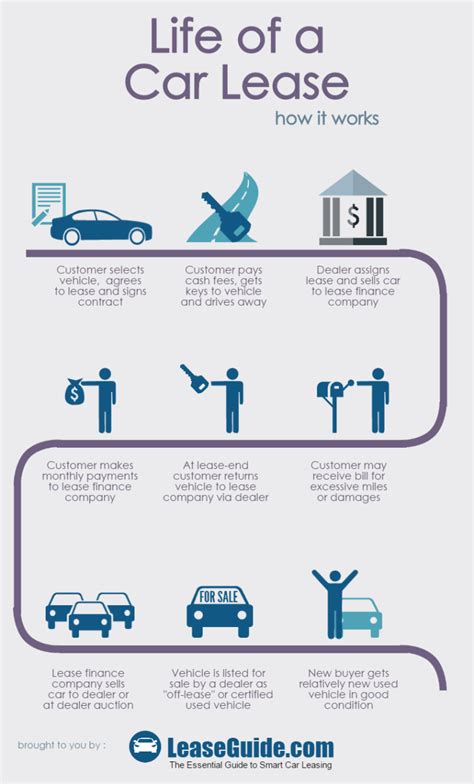How to Lease a Vehicle: A Complete Guide for Smart Consumers
Leasing a car can be a smart financial move, but it's crucial to understand the process and avoid potential pitfalls. This comprehensive guide will walk you through everything you need to know about leasing a vehicle, helping you make an informed decision that fits your budget and lifestyle.
Understanding the Basics of Vehicle Leasing
Before diving into the specifics, let's clarify what a car lease actually is. Unlike buying a car, where you own the vehicle outright after paying off the loan, leasing involves renting a car for a set period (typically 24-36 months). At the end of the lease term, you return the vehicle to the dealership.
Key Differences Between Leasing and Buying:
- Ownership: You don't own the car at the end of the lease.
- Monthly Payments: Lease payments are generally lower than loan payments for the same vehicle.
- Mileage Limits: Leases come with mileage restrictions; exceeding these limits can result in extra charges.
- Wear and Tear: Excessive wear and tear beyond normal use can also lead to additional fees upon return.
Steps to Leasing a Vehicle: A Step-by-Step Guide
1. Research and Pre-Approval:
- Determine your budget: Calculate how much you can comfortably afford monthly, considering other expenses. Use online lease calculators to estimate payments.
- Check your credit score: A good credit score will significantly impact your lease terms and interest rates.
- Get pre-approved: Secure pre-approval from several lenders or dealerships to compare offers and negotiate better terms. This gives you leverage during the negotiation process.
2. Choosing the Right Vehicle:
- Identify your needs: Consider factors like vehicle size, fuel efficiency, features, and overall reliability.
- Compare models and trims: Research different vehicles within your budget and compare their lease offers. Pay close attention to residual value, which impacts your monthly payments.
- Consider the lease term: Shorter lease terms usually mean higher monthly payments, but lower overall cost. Longer terms offer lower monthly payments but a higher overall cost.
3. Negotiating the Lease Agreement:
- Understand the terms and conditions: Carefully review the entire lease agreement before signing. Pay close attention to:
- Money Factor (Interest Rate): Negotiate a lower money factor for better terms.
- Residual Value: This is the predicted value of the car at the end of the lease. A higher residual value translates to lower monthly payments.
- Mileage Allowance: Negotiate a higher mileage allowance if you anticipate driving more than the standard limit.
- Wear and Tear: Understand the dealership's definition of acceptable wear and tear to avoid unexpected charges.
- Don't rush the process: Take your time to understand everything before committing.
4. Completing the Paperwork and Taking Delivery:
- Review all documents: Ensure all details are accurate before signing.
- Inspect the vehicle thoroughly: Check for any pre-existing damage and document it properly.
- Understand your responsibilities: Familiarize yourself with the terms and conditions of the lease, including insurance requirements and maintenance responsibilities.
Tips for a Successful Lease
- Shop around: Compare offers from multiple dealerships.
- Negotiate: Don't be afraid to negotiate the terms of your lease.
- Read the fine print: Pay close attention to all the terms and conditions.
- Maintain the vehicle: Keep the vehicle in good condition to avoid excessive wear and tear charges.
- Track your mileage: Monitor your mileage to ensure you don't exceed the allowed limit.
Leasing vs. Buying: Which is Right for You?
The decision to lease or buy depends entirely on your individual circumstances and financial goals. Leasing is often a good option for those who:
- Want lower monthly payments.
- Desire a new car every few years.
- Don't plan to modify or customize their vehicle significantly.
Buying is generally a better choice for those who:
- Want to own their vehicle outright.
- Plan to keep their vehicle for many years.
- Want to customize their vehicle.
By following these steps and understanding the nuances of leasing, you can confidently navigate the process and find a vehicle that meets your needs and budget. Remember, thorough research and careful negotiation are key to a successful leasing experience.
